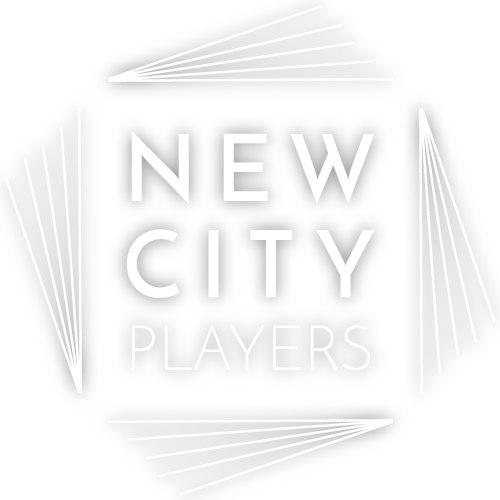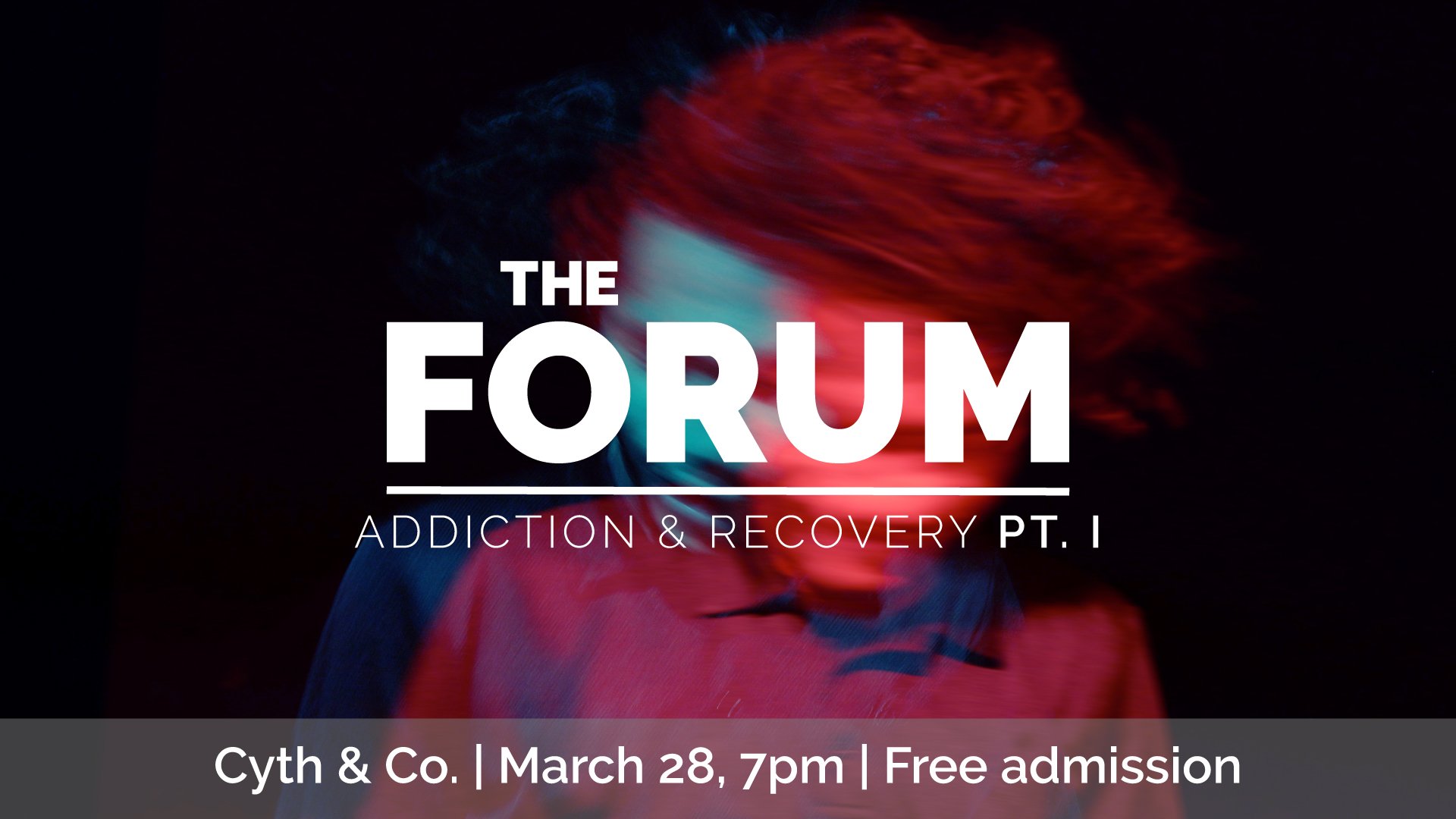Building Connections: Why Harm Reduction is Worth Talking About by Ilana Jael
In the wake of several high profile overdoses in our area and in the lead-up to today’s Forum, which will feature discussion of these issues as well as other addiction-related topics, I’ve chosen to focus on harm reduction in today’s blog post.
As I’ve explored in depth previously, America’s opioid and overdose crisis have escalated to unprecedented levels in recent years. Given such an alarmingly high fatality rate, one might assume that public policy that surrounds drug use should emphasize saving lives at all costs. However, the controversy surrounding harm reduction has long hampered efforts to make the world safer for people who use drugs.
In the context of substance abuse, the term “harm reduction” is used to describe an approach to services and policy that recognizes that not everyone is able or willing to fully abstain from drug use at all times.
As opposed to punishing approaches that deny all care and resources to active drug users, harm reduction measures recognize that those struggling with substances still deserve safety, care, and compassion even if they are not in a place to pursue sobriety.
Examples of harm reduction initiatives include needle exchange programs, which provide IV drug users with clean syringes to prevent the spread of HIV and other blood-borne illnesses, and overdose prevention sites, where those struggling with substances can come to use drugs under the supervision of trained professionals who will be able to provide medical attention in case of an overdose.
At first glance, it might be easy to understand the opposition to these ideas. After all, isn’t making drug use safer a slippery slope to condoning, even encouraging it?
Yet the data that has emerged from places that have implemented programs like these has suggested that such fears are not borne out, and that, in fact, the opposite might be true: that programs like these, which respect the dignity of drug users as opposed to casting them off with universal condemnation, can instead serve as their first step towards sobriety as well as spare them from immediate health consequences.
For example, one article describes an Ontario safe consumption site run by Regional HIV/AIDS Connection that was able to reverse over 100 overdoses. It also describes the journey of their regional case manager Kailey Goddard, who names harm reduction organizations as essential to achieving her own abstinence from drug use.
“Through the organizations that practice harm reduction, I was looked at as a person for who I am….without that support, I don’t think I would be here today,” she says.
Other statistics bear this out. The availability of overdose prevention sites have been linked to lower rates of overdose death in the neighborhoods that they serve. And the CDC reports that syringe service programs, or SSPs, are “safe, effective, and cost-saving, do not increase illegal drug use or crime, and play an important role in reducing the transmission of viral hepatitis, HIV and other infections.”
They also state that new users of SSPs are about five times more likely to enter drug treatment than those who don’t use the programs, and about three times more likely to stop using drugs.
Other harm reduction interventions include medication assisted treatment, non-abstinent housing for homeless users, wider availability of overdose-reducing medication, good Samaritan laws, (which ensure that someone who calls emergency services for someone who is experiencing an overdose does not get in legal trouble for using themselves), and drug checking, which offers users the chance to screen their drugs for dangerous contaminants like fentanyl.
One Swiss program took the even more radical approach of actually providing heroin to those who their other treatment options did not work for. Though international authorities were initially skeptical, it’s hard to argue with the outcomes.
Heroin use indeed decreased, and the number of new users fell from 850 in 1990 to only 150 in 2002. Between 1991 and 2004, the rate of drug-related deaths declined by more than 50 percent, and levels of new drug-related HIV infections decreased eight-fold within just ten years.
Even more interestingly, the rate of property crimes committed by drug users declined by 90 percent. This illustrates the fact that a significant portion of the criminality associated with drug use has more to do with the stigmatized nature of that drug use than any inherent malice among drug users; when struggling addicts could safely be assured the substance they were dependent on without resorting to committing crimes, most of them took the option.
And, now that the program had afforded them a more stable lifestyle, program participants stood a better chance at being able to leave the drug behind, with the majority of people who accepted government-allotted heroin being able to transition to another form of treatment within three years.
Harm reduction can even sometimes be as simple as making the right information available to the right people. For instance, writer Maia Szalavitz, who struggled with substance abuse during the height of the HIV epidemic, believes that being told that she could use bleach to sterilize her needles probably saved her life.
“The fact that something as common as household bleach could save you from a disease that was then almost 100-percent deadly, and nobody was even mentioning this, because they were afraid that mentioning it would encourage us to use drugs—as if we weren’t already using drugs. It was outrageous to me,” she said.
Of course, in a perfect world, nobody would need to utilize any of these techniques. But that isn’t the world we live in, which is why stopgap measures like those described above are sometimes necessary to help struggling addicts survive long enough to have a chance at changing their lives.
I actually first started learning more about harm reduction towards the end of last year, when I got the chance to co-write a PSA on the subject for United Way, one of our community partner organizations. The short film showed two wildly different outcomes for a character depending on whether or not she was able to take advantage of compassionate measures like these.
One path was marked by sobriety coins and meaningful achievements and ended with our main character’s wedding; the other was defined by reckless, empty drug use, a positive HIV test, and, after her significant other dies of an overdose, a funeral.
It was also critical to our message that in both hypothetical scenarios, the syringe exchange program was made available to this protagonist; but in the second, a judgmental comment from a passing stranger shamed her into walking away from the clinic rather than going in.
It’s just this sort of demonizing and dehumanizing attitude that has left the United States lagging behind many European countries when it comes to harm reduction initiatives, and paying the price in overdose deaths as a result.
But, as greater awareness of the crisis spreads, things do slowly seem to be turning around. Joe Biden is the first American president to list expanding harm-reduction efforts as one of his drug policy priorities, allocating $30 million towards these programs under the American Rescue Act, and a New York safe injection site became the first to open in the United States this December.
Yet, despite the obvious need for them, Florida lawmakers demonstrated that they are still behind the times just last week by failing to approve an initiative to decriminalize fentanyl test strips, a measure that could go a long way towards preventing unnecessary deaths.
And, with any luck, a societal shift towards greater awareness surrounding mental health issues and a less stigmatizing way of thinking about addiction might pave the way for a more accepting tomorrow. In the meantime, if you live in Broward County, there are still resources you can utilize if you or someone in your orbit could benefit from resources that would allow them to use substances in a safer way.
In fact, one of our partner organizations, the Care Resource, is bringing safer syringes, Narcan, and other critical educational materials and medical care to those in need in the Broward county area through its mobile medical clinic, The Spot.
Other local organizations like the South Florida Wellness Network and USA Opioid Crisis Mortality Reduction (our featured community spotlight organization tonight) also make an effort to distribute supplies like Narcan and fentanyl test strips in our area.
You can also learn more about harm reduction resources available throughout the state at this round up by Floridians for Recovery, and the National Harm Reduction Coalition offers tools that can help you locate additional resources near you and in depth information about how various drugs can be used as safely as possible.
Hoping to see a few familiar faces at the forum, and we next plan to weigh in with a deeper look at the opioid crisis in our area. Safe travels to all!
The Forum: Addiction & Recovery Pt. 1
March 28, 7pm, Cyth & Co.
A free community conversation around addiction, recovery, harm reduction, sobriety, the opioid crisis, and what we can do about it.
Our Water by the Spoonful blog series is sponsored in part by Reco Intensive. You can check out the post on their blog that this was adapted from here. To learn more about Reco Intensive, a Delray Beach addiction treatment center whose holistic and compassionate approach aligns with NCP’s vision of helping South Florida to become a more empathetic and thoughtful community, visit their website.



